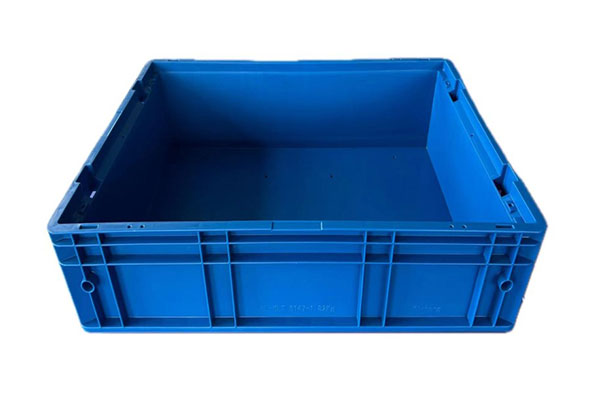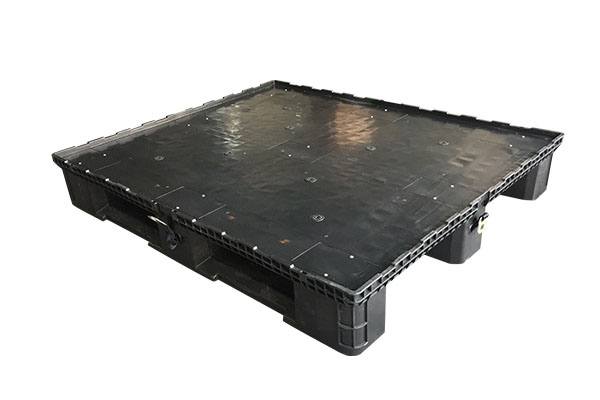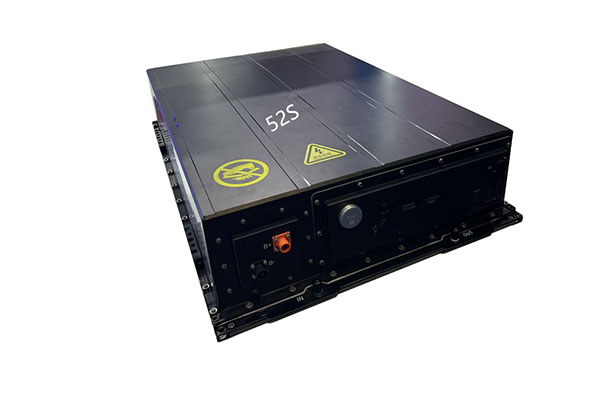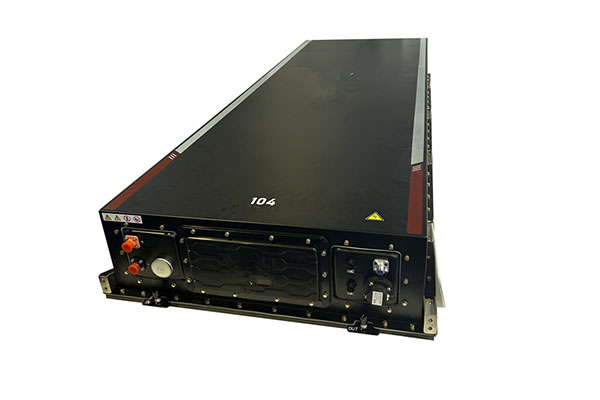What are the differences in durability between different types of plastic boxes?
Release Time : 2025-03-13
As an indispensable packaging material in modern life, plastic boxes are widely used in many fields such as food, cosmetics, and electronic products. There are significant differences in durability between different types of plastic boxes, which not only affects the packaging effect of the product, but also directly affects the consumer's experience. This article will explore the differences in durability between different types of plastic boxes from multiple perspectives such as material properties, usage environment, and application scenarios.
The durability of plastic boxes mainly depends on the physical and chemical properties of the materials they are made of. Common plastic box materials include polyethylene (PE), polypropylene (PP), polyester (PET), polystyrene (PS), etc. Each material has its own unique durability characteristics.
Polyethylene (PE) is a common plastic box material with good flexibility and impact resistance. PE plastic boxes perform well at room temperature and can withstand certain pressure and deformation. However, PE has poor high temperature resistance and is easily deformed or melted in high temperature environments. Therefore, it is not suitable for product packaging that requires high temperature treatment or is exposed to high temperature environments for a long time. In addition, PE's chemical corrosion resistance is relatively weak and it is more sensitive to certain chemicals.
In contrast, plastic boxes made of polypropylene (PP) have higher heat resistance and cold resistance. Plastic boxes made of PP can remain stable over a wide temperature range and are not easy to deform or melt. At the same time, PP also has good mechanical properties and can withstand certain pressure and impact. Therefore, plastic boxes made of PP have been widely used in catering, food packaging and other fields. In addition, PP also has good chemical stability and good corrosion resistance to a variety of chemicals.
Plastic boxes made of polyester (PET) are known for their high transparency, light weight and high strength. Plastic boxes made of PET are often used in beverage bottles, food packaging and other fields. However, PET has relatively poor impact resistance and is easy to break. In addition, PET is also prone to deformation or melting in high temperature environments, so it is not suitable for product packaging that requires high temperature treatment.
Plastic boxes made of polystyrene (PS) have the advantages of low cost and easy processing. Plastic boxes made of PS have been widely used in disposable tableware, toys and other fields. However, the durability of PS is relatively poor and it is easily damaged by external forces. In addition, PS is also prone to deformation or melting in high temperature environments, so it is not suitable for product packaging that requires high temperature treatment or is exposed to high temperature environments for a long time.
In addition to material properties, the use environment is also an important factor affecting the durability of plastic boxes. For example, in a humid environment, plastic boxes are prone to moisture absorption and deformation, affecting the packaging effect. In a high temperature environment, plastic boxes are prone to melting or deformation, causing product damage. Therefore, when choosing a plastic box, it is necessary to choose the appropriate material according to the product's use environment and storage conditions.
In addition, the application scenario also puts forward different requirements for the durability of plastic boxes. For example, in the field of food packaging, plastic boxes need to have good sealing performance and chemical stability to ensure the safety and hygiene of food. In the field of electronic product packaging, plastic boxes need to have good anti-static performance and impact resistance to protect electronic products from damage.
In summary, there are significant differences in the durability of different types of plastic boxes. When choosing a plastic box, it is necessary to comprehensively consider multiple factors such as the product's use environment and storage conditions, application scenarios, and cost-effectiveness. Only by choosing the right material can we ensure that the plastic box has good durability and safety during use.
The durability of plastic boxes mainly depends on the physical and chemical properties of the materials they are made of. Common plastic box materials include polyethylene (PE), polypropylene (PP), polyester (PET), polystyrene (PS), etc. Each material has its own unique durability characteristics.
Polyethylene (PE) is a common plastic box material with good flexibility and impact resistance. PE plastic boxes perform well at room temperature and can withstand certain pressure and deformation. However, PE has poor high temperature resistance and is easily deformed or melted in high temperature environments. Therefore, it is not suitable for product packaging that requires high temperature treatment or is exposed to high temperature environments for a long time. In addition, PE's chemical corrosion resistance is relatively weak and it is more sensitive to certain chemicals.
In contrast, plastic boxes made of polypropylene (PP) have higher heat resistance and cold resistance. Plastic boxes made of PP can remain stable over a wide temperature range and are not easy to deform or melt. At the same time, PP also has good mechanical properties and can withstand certain pressure and impact. Therefore, plastic boxes made of PP have been widely used in catering, food packaging and other fields. In addition, PP also has good chemical stability and good corrosion resistance to a variety of chemicals.
Plastic boxes made of polyester (PET) are known for their high transparency, light weight and high strength. Plastic boxes made of PET are often used in beverage bottles, food packaging and other fields. However, PET has relatively poor impact resistance and is easy to break. In addition, PET is also prone to deformation or melting in high temperature environments, so it is not suitable for product packaging that requires high temperature treatment.
Plastic boxes made of polystyrene (PS) have the advantages of low cost and easy processing. Plastic boxes made of PS have been widely used in disposable tableware, toys and other fields. However, the durability of PS is relatively poor and it is easily damaged by external forces. In addition, PS is also prone to deformation or melting in high temperature environments, so it is not suitable for product packaging that requires high temperature treatment or is exposed to high temperature environments for a long time.
In addition to material properties, the use environment is also an important factor affecting the durability of plastic boxes. For example, in a humid environment, plastic boxes are prone to moisture absorption and deformation, affecting the packaging effect. In a high temperature environment, plastic boxes are prone to melting or deformation, causing product damage. Therefore, when choosing a plastic box, it is necessary to choose the appropriate material according to the product's use environment and storage conditions.
In addition, the application scenario also puts forward different requirements for the durability of plastic boxes. For example, in the field of food packaging, plastic boxes need to have good sealing performance and chemical stability to ensure the safety and hygiene of food. In the field of electronic product packaging, plastic boxes need to have good anti-static performance and impact resistance to protect electronic products from damage.
In summary, there are significant differences in the durability of different types of plastic boxes. When choosing a plastic box, it is necessary to comprehensively consider multiple factors such as the product's use environment and storage conditions, application scenarios, and cost-effectiveness. Only by choosing the right material can we ensure that the plastic box has good durability and safety during use.







